2024 Hyundai Kona Review: First Drive

Love It | Leave It |
|---|---|
Much better space | Getting pricey (especially in Canada) |
Baby Tucson ride quality | Thirsty |
Those funky looks | Those funky looks |
Growing up: we all do it.
When Hyundai’s Kona burst onto the scene back in 2018, the world was a different place. The Tucson was still compact and the Venue wasn’t even a thing. The Kona was the Korean brand’s first volley into the subcompact SUV segment, its tidy footprint and quirky design making it a fun choice.
But just as the class itself has grown, so has the competition. What once seemed tidy now seems cramped, and thus the second-generation Kona debuts a much larger form for 2024. Is this a simple growth spurt, or has the Kona found more maturity with age?
What's new?
Hyundai has stretched this Kona 2.0 in every direction: almost half a foot in length, now 171.3 inches (4350 millimeters), and nearly half of that increase happens between the wheelarches, too. Height and width are up as well—and weight, but more on that later. Despite all this, the Kona remains one of the more compact options in the class: it’s still around eight inches shorter than the gargantuan Honda HR-V.
It’s more visually striking, too. This is still recognizably Kona, even with the new Robocop face. The angular wheelarches and fractal-like door sculpting gives it a familial resemblance to big-brother Tucson, but without looking like a carbon copy. The thin lighting trend continues out back, with single LED bar stretching across the tailgate. As before, all the actual main lighting elements are grouped low down, at the corners of the vehicle. The N-Line model returns for this generation, and the sporty model gets touches like body-colored arches and the cool 19-inch alloys you see here. It also has a split tailgate wing, with a little triangular brake light that pays homage to the dearly departed Veloster N. RIP.
While a lot has changed on the surface and under the skin, the Kona's powertrain lineup should be familiar. The base engine is Hyundai's 2.0-liter naturally aspirated four-cylinder, spitting out 147 horsepower and 132 pound-feet of torque through a continuously variable transmission (CVT). Front-drive is standard, with all-wheel drive optional. Higher trims swap in the 1.6-liter turbo-four, which bumps those numbers to 190 and 195, respectively. The old turbo Kona used a seven-speed dual-clutch transmission; this one swaps in a traditional eight-speed auto. All-wheel drive is optional on this upgrade engine in the US; its standard in Canada.
There will also be a Kona EV once more, with finessed figures in-line with its Kia Niro sibling—including around 260 miles (418 kilometers) of range—but that will drop later.
Now with stretch-out space
Hyundai's press team doesn't beat around the bush: it knows that the outgoing model's Achilles' heel was its cabin space, or lack thereof. Rear-row space is a common presentation touchpoint, and the on-paper gains are substantial. At 38.2 inches (970 mm), the legroom is comparable to the next class up. Headroom is a fraction more than that.
To hammer the point home, Hyundai parked both iterations of Kona next to each other. Not only is the new one simply more spacious, it affords rear-seat passengers more natural light, too. The taller body makes for additional glass, and the quarter window by the headrests is much larger now.
The good news continues in the cargo hold, which sees a 33-percent increase in space, now up to 25.5 cubic feet (723 litres) with the seats up, and a huge 63.7 cu ft (1,804 L) with them down. There's an adjustable floor to eke out a little extra height, as well. One particularly clever feature is the ability to stow the cargo cover on a dedicated spot just behind the rear seats. Smart.
The cabin itself is a pretty swell place to spend time, too. There's a smart use of subtle textures to keep the dashboard design interesting, and the red of the vents lifts the ambience. A few cheap-feeling bits remain, specifically the plastic surrounding the door controls. Higher trims adopt a column-mounted shifter similar to the one in the Ioniq models; Hyundai said it started Kona development with the EV and worked backwards, and this is a clear example. The move opens up storage space in the center console.
Useful tech suite
Every model of Kona now features a big 12.3-inch touchscreen atop its dashboard, running Hyundai's whole new ccNC infotainment interface. I spent a little bit of time poking around it and found not a whole lot—and that's by design. Hyundai has kept the system pleasantly simple, with big main tiles and subtle, smart color-coding in the sub-menus to make it easy to flit around. It's very quick, accepts wireless Apple CarPlay and Android Auto (except if you've got the native navigation), and is easy to learn. Good on Hyundai for simplifying the infotainment process without losing functionality.
Another good move: keeping physical buttons. There's a whole bunch of 'em right below the screen, so you're not left diving into a zero-feedback menu to adjust temperature or search for radio stations. Two other, mobile-related clever bits: the slightly raised wireless charging pad (for less heat), and the clever button to swap the main USB-C port between just charging, or charging and phone mirroring.
Hyundai has upgraded its Digital Key feature for the Kona. It now works on all major phone platforms, and allows the owner to easily share the key to friends. It works using NFC tech, so a quick tap of your phone to the handle is all it takes.
More mature drive
Every car at the drive event came with the turbo-AWD setup. Like a few other competitors, the Kona sticks to a cheaper and simpler torsion beam rear suspension on front-drive models, while all-paws get a multi-link setup. Along with the stretch in wheelbase, the result is a smooth, comfortable ride around the picturesque rolling roads in Quebec's Eastern Townships. Hyundai has given the Kona a definite big-car feel, with lots of sound insulation keeping the cabin impressively hushed. Very little road noise permeates the cabin, even at highway speeds.
The turbo-four stays quiet too: the eight-speed auto is much better at slurring its ratios than the outgoing DCT, and while it provides plenty of low-effort shove, it never yells about it. On more than a few occasions it was reluctant to kick down, taking a second or two to respond to a flat foot—even in Sport mode. Calling on the wheel-mounted paddles to handle the downshifts is the best choice if you need instant access.
The trade-off here is that the Kona has lost some of that puppy-like enthusiasm the previous generation exhibited. It doesn't like to be rushed: that smoothness can translate to a feel of squishiness should you push the Kona with more vim. It's far from the least-interesting steer in the class, but the Kona now feels more like a 80-percent-scale Tucson than the overgrown hatchback it used to be. For most people, most of the time, that's better.
It's also thirsty: the N Line AWD can't manage better than 26 mpg (9.1 L/100 km) combined. Hyundai won't be bringing the hybrid model from other markets here; that's what the EV is for.
Dollars and sense
It should come as no surprise that the Kona's price tag has swollen alongside its growth spurt.
In America, the lineup begins with the SE, coming in at $25,435 including destination. Next is the SEL ($26,785), which among other things adds a power driver seat, dual-zone climate controls, and 18-inch alloys. The N Line and its turbocharged engine rings in at $31,985; the Limited tops the lineup for another grand, trading out the sportier looks for increased comfort and convenience kit, like a powered tailgate, 360-degree camera, faux-leather seating, and Bose sound system. AWD is a $1,500 upcharge on all trims.
Canada's lineup is broadly similar in terms of the 2.0-liter, though they're renamed Essential ($27,924 CAD) and Preferred ($31,424 CAD). AWD is a $2,000 add-on here, and it's standard on the turbo models. The Land of the North doubles down on the N Line, offering it both as standard ($37,424 CAD) and as the N Line Ultimate ($40,424 CAD). The Ultimate package includes plenty of niceties, like remote parking, ventilated front seats, the Bose sound system, and an eight-way power driver seat. It also adds in navigation, Highway Drive Assist, and Hyundai's useful Blind View Monitor. The most obvious miss is the lack of a powered tailgate—something the Kia Seltos does offer, as well as the Toyota Corolla Cross.
Final thoughts: 2024 Hyundai Kona N Line First Drive Review
I don’t doubt Hyundai’s little SUV will continue to sell by the boatload. The Kona already makes up over 20 percent of Hyundai Canada’s sales, and the 2024 model should even increase that share. For most buyers, the maturity makes it a much more appealing proposition now.
Sure, the embiggening process has sapped some of the fun, even with the N Line, to say nothing of the nixing of the N. But we can’t party all the time, and the nouveau Kona proves that getting old isn't all bad.
Become an AutoGuide insider. Get the latest from the automotive world first by subscribing to our newsletter here.
2024 Hyundai Kona N Line | |
|---|---|
Engine: | 1.6L I4 Turbo |
Outputs: | 190 hp, 195 lb-ft |
Transmission: | 8AT, AWD |
US Fuel Economy (mpg): | 24/29/26 |
CAN Fuel Economy (L/100 km): | 9.7/8.4/9.1 |
Starting Price (USD): | $25,435 (inc. dest.) |
As-Tested Price (USD): | $31,985 (inc. dest.) |
Starting Price (CAD): | $27,924 (inc. dest.) |
As-Tested Price (CAD): | $37,424 (inc. dest.) |

Kyle began his automotive obsession before he even started school, courtesy of a remote control Porsche and various LEGO sets. He later studied advertising and graphic design at Humber College, which led him to writing about cars (both real and digital). He is now a proud member of the Automobile Journalists Association of Canada (AJAC), where he was the Journalist of the Year runner-up for 2021.
More by Kyle Patrick



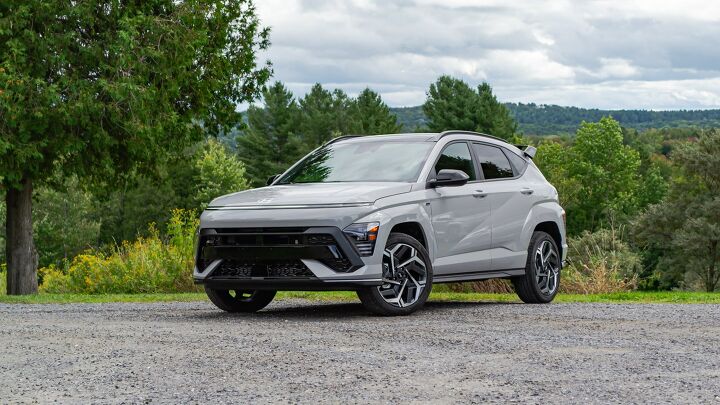
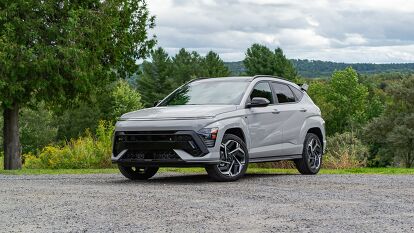


















































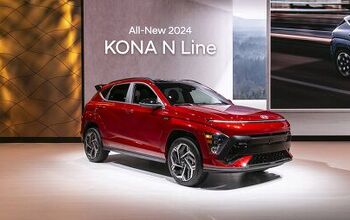
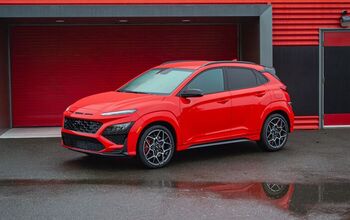
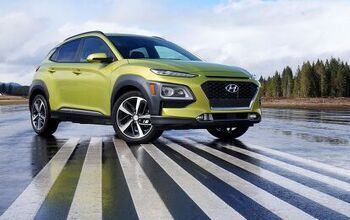
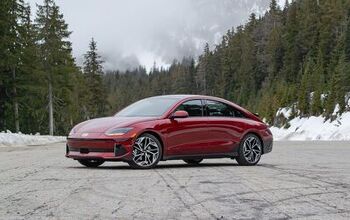


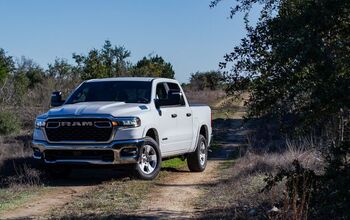
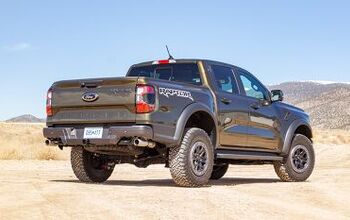

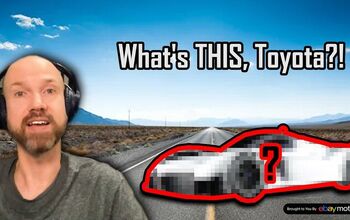

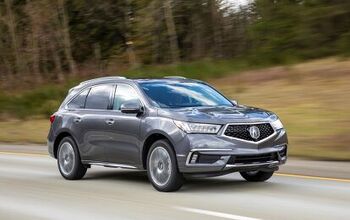

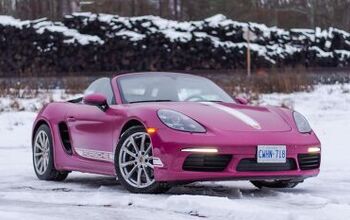
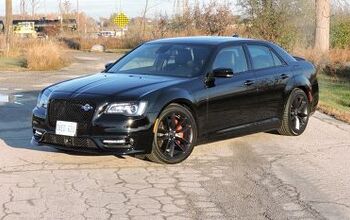
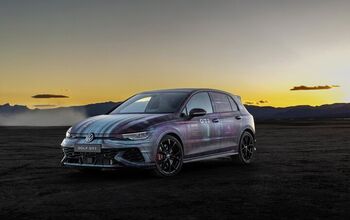
Comments
Join the conversation